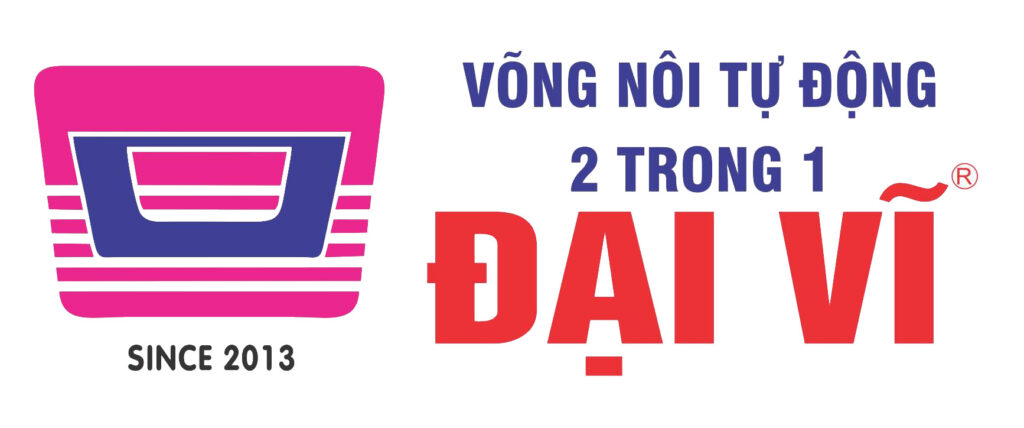Bookkeeping
Bond Valuation Definition, Methods, Factors, & Limitations
At its most basic, the convertible is priced as the sum of the straight bond and the value of the embedded option to convert. A convertible bond is a debt instrument that has an embedded option that allows investors to convert the bonds into shares of the company’s common stock. The par value of a bond can be defined as the face value of the bond so when you hear these terms they are often used interchangeably. The par value is indicated in writing by the issuing company’s public charter.
Face Value and Stock Shares
This varies based on the interest rates that tend to increase or decrease with what’s happening in the economy as a whole. The price you pay for a bond may be different from its face value and will change over the life of the bond, depending on factors like the bond’s time to maturity and the interest rate environment. If it was $1,000 at issue, then that’s exactly what the holder of the bond will receive when it matures at the end of its term.
Bond face value vs stock face value
Bond valuation takes the present value of each component and adds them together. However, the face value is not the only return a bondholder will receive. You’ll also receive interest payments, which are likewise established at the outset. A bond’s coupon rate is the rate at which it earns these returns, and payments are based on the face value. So if a bond holds a $1,000 face value with a 5% coupon rate, then that would leave you with $50 in returns annually. This is in addition to the issuer paying you back the bond’s face value on its maturity date.
The various terms surrounding bond prices and yields can be confusing to the average investor. A bond represents a loan made by investors to the entity issuing the bond, with the face value being the amount of principal the bond issuer borrows. Companies, municipalities, states, and sovereign governments issue bonds in order to raise capital and finance a variety of projects, activities, and initiatives. For companies, bond issuance offers an alternative to stock issuance, which can impact company value. Bond valuation can also contribute to capital appreciation, as investors who buy undervalued bonds may benefit from price increases over time.
Before performing any calculations to tax estimator to calculate your 2014 tax refund value a bond, you need to identify the numbers that you’ll need to plug in to equations later in the process. Determine the bond’s face value, or par value, which is the bond’s value upon maturity. You also need to know the bond’s annual coupon rate, which is the annual income you can expect to receive from the bond. The coupon rate is the annual interest rate paid on a bond, expressed as a percentage of the bond’s face value.
There are also zero-coupon bonds, which means that the bond issuer pays no interest on the bond’s face value. The market price of a bond can also be affected by the financial health of its issuer. Therefore, if the issuing company or government entity isn’t doing well financially, the bond’s price might be driven down because of the risk of default. what is a business audit and why should you do one If you’d rather avoid investing in individual bonds, there are many mutual funds and exchange-traded funds that focus on fixed-income investments. For example, if the issuer needs to have a factory-built that has a cost of $2 million, it may price shares at $1,000 and issue 2,000 of them to raise the needed funds.
However, bonds sold on the secondary market fluctuate with interest rates. For example, if interest rates are higher than the bond’s coupon rate, then the bond is sold at a discount (below par). Common bond valuation methods include the discounted cash flow (DCF) method, yield to maturity (YTM) method, credit spread analysis, bond benchmarking, and option-adjusted spread (OAS) method. These techniques help investors estimate a bond’s intrinsic value, compare bonds with different characteristics, and account for embedded options in callable and puttable bonds.
With that said, below are some of the main risks of investing in bonds, not that we are trying to scare you from investing in bonds, but it’s great that you understand the investment from both perspectives. When referring to the value of financial instruments, there’s effectively no difference between par value and face value. Both terms refer to the stated value of the financial instrument at the time it is issued. We also allow you to split your payment across 2 separate credit card transactions or send a payment link email to another person on your behalf.
- This number indicates what the bond will be worth at maturity, and it’s also used to calculate the bond’s interest payments.
- At Finance Strategists, we partner with financial experts to ensure the accuracy of our financial content.
- For example, the face value of Apple shares is $0.00001, while the market value of each of its shares at the close of trading on June 10, 2024, was $193.12.
- If you are serious about investing in bonds, you should understand bond face value because it determines the amount you will receive at bond maturity.
- After finding a broker and you agree on the trade, you should ensure that you will not pay a hefty markup.
What is the approximate value of your cash savings and other investments?
The discount rate used is the yield to maturity, which is the rate of return that an investor will get if they reinvest every coupon payment from the bond at a fixed interest rate until the bond matures. It takes into account the price of a bond, par value, coupon rate, and time to maturity. Bond valuation is a technique for determining the theoretical fair value of a particular bond. Bond valuation includes calculating the present value of a bond’s future interest payments, also known as its cash flow, and the bond’s value upon maturity, also known as its face value or par value. Because a bond’s par value and interest payments are fixed, an investor uses bond valuation to determine what rate of return is required for a bond investment to be worthwhile.
Calculating the value of a coupon bond factors in the annual or semi-annual coupon payment and the par value of the bond. Any change in public perception of a firm’s creditworthiness can influence the price of its bonds. In many cases, bond rating downgrades simply confirm what investors already suspected. The principal amount of the loan is paid back at some specified future date. Interest payments are made to the investor at regular, specified intervals during the term of the loan, typically every six months. Book value is the net value of a company’s assets as recorded on its balance sheet.
You can complete the trade through Treasury Direct without incurring the cost of a markup. However, you should purchase corporate bonds and municipal bonds through intermediaries, but these cannot be bought directly from issuers. If the interest rates were to dip to 3%, the bond’s market value would increase, and the bond would trade at face value. The reason is, a 5% coupon rate is attractive in comparison to a 3% coupon rate. Bonds have a set term; usually, a bond’s term ranges from one to 30 years. Within this time frame, there are short-term bonds (1-3 years), medium-term bonds (4-10 years) and long-term bonds (10 years or more).
This allows an investor to determine what rate of return a bond needs to provide to be considered a worthwhile investment. Bond valuation is the process of determining the fair price, or value, of a bond. A bond is a type of debt instrument that represents a loan made by a creditor to a bond issuer—typically a government or corporate entity. The issuer borrows the funds for a defined period at a variable or fixed interest rate. Economic conditions, including GDP growth, employment, and consumer sentiment, can influence bond valuation by affecting interest rates, inflation expectations, and credit risk. Credit risk is the possibility of not getting the principal or the bond interest after a specified time either because the issuer is unwilling to distribute the interest or doesn’t have the funds to offer.




